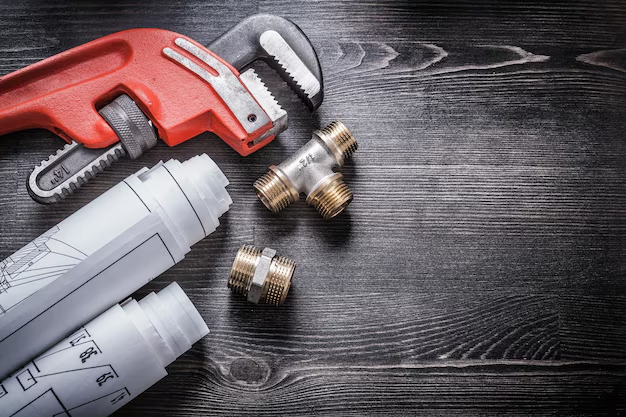Discover Simple Solutions to Your Common Plumbing Problems
Plumbing issues are an inevitable part of homeownership that can often disrupt your daily routine. While some problems are complex and may require professional help, many plumbing issues are manageable with a bit of DIY knowledge. Let's explore some of the most common plumbing troubles and how you can tackle them efficiently.
Leaky Faucets
A leaky faucet can be more than just an annoyance; it can also cause a significant increase in your water bill over time. Often, a leaky faucet is due to worn-out washers or seals.
Solution:
- Turn off the water supply to the faucet.
- Disassemble the faucet to access the O-ring and washer.
- Replace any worn-out parts with new ones.
- Reassemble the faucet and turn the water back on to check the repair.
Clogged Drains
Nothing can ruin a day faster than a clogged drain. Hair, soap scum, and other debris can cause blockages that slow water flow and create foul odors.
Solution:
- Baking soda and vinegar: Pour half a cup of baking soda followed by half a cup of vinegar down the drain, and let it sit for at least 30 minutes before flushing with hot water.
- Plumber’s snake: For more severe blockages, feed the snake into the drain to break up or retrieve the clog.
Running Toilet
A running toilet can waste gallons of water daily, making it an urgent issue to address.
Solution:
- Remove the toilet tank lid and check the flapper valve. It may need cleaning, re-aligning, or replacement.
- Ensure the float arm is at the correct level, so it stops the water flow appropriately.
- Adjust the fill valve if the toilet runs continuously or intermittently.
Low Water Pressure
Low water pressure can be frustrating, particularly when showering or washing dishes. It is often caused by sediment build-up in your pipes or outdated fixtures.
Solution:
- Remove and clean aerators and showerheads to remove any sediment.
- Consider installing water softeners if your pipes have high calcium build-up.
Faulty Water Heater
A cold shower or inconsistent water temperature can indicate issues with your water heater.
Solution:
- Check for sediment build-up by draining the tank periodically.
- Inspect the thermostat setting and adjust it if necessary.
- If issues persist, consult a professional plumber, as water heater repairs can be more complex.
As you address these plumbing issues, it's crucial to be mindful of the resources available to help maintain and improve your home systems without breaking the bank. Understanding options for financial assistance and educational resources can provide support and expand your skillset in managing home-related expenses.
Here’s a handy list of financial assistance and educational opportunities that can help:
💡 Energy Efficient Home Improvement Credit: This program offers tax credits for homeowners investing in energy-efficient home upgrades, including plumbing system improvements.
💧 Low-Income Home Energy Assistance Program (LIHEAP): Provides financial support to eligible households for energy costs, including necessary repairs to heating systems.
📚 Local Nonprofit Workshops: Many communities offer free or low-cost workshops on DIY home repairs, which can equip you with essential skills to manage plumbing issues independently.
🏡 State Housing Assistance Programs: These programs may offer grants or low-interest loans to help cover the costs of urgent home repairs.
💳 Credit Card with 0% Intro APR on Purchases: Consider utilizing a credit card that offers a 0% introductory APR on purchases, which can provide flexible financing for large home repair expenses.
Taking care of your home's plumbing can be easier than you think, and you can find ways to alleviate the financial burden through various programs and resources. Prioritize regular maintenance and stay informed about supportive tools to keep your plumbing in top shape and your finances under control.
